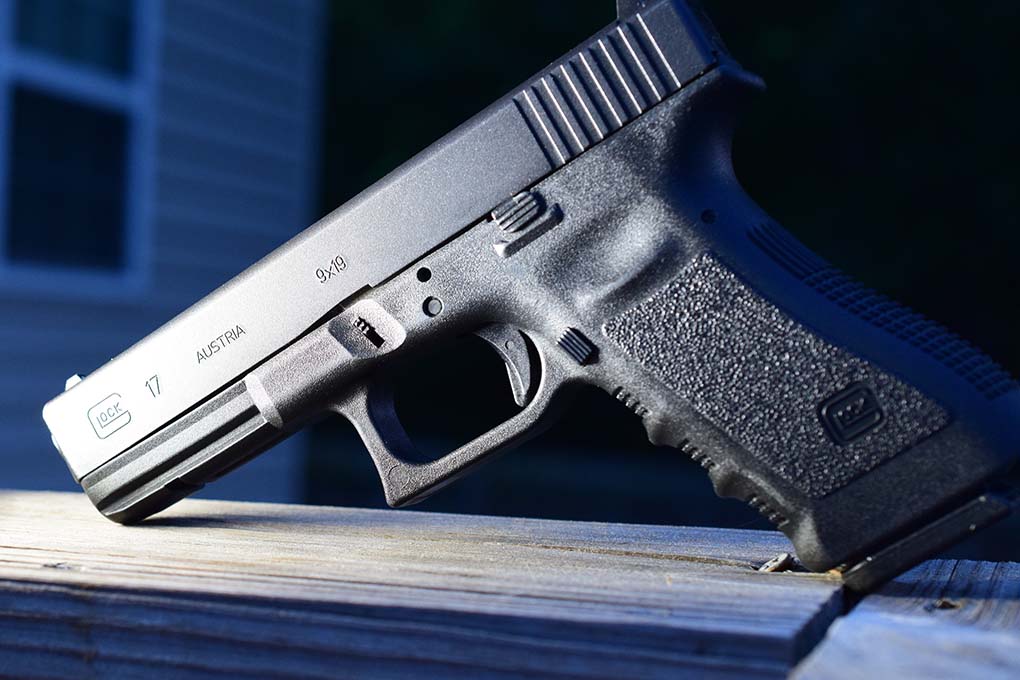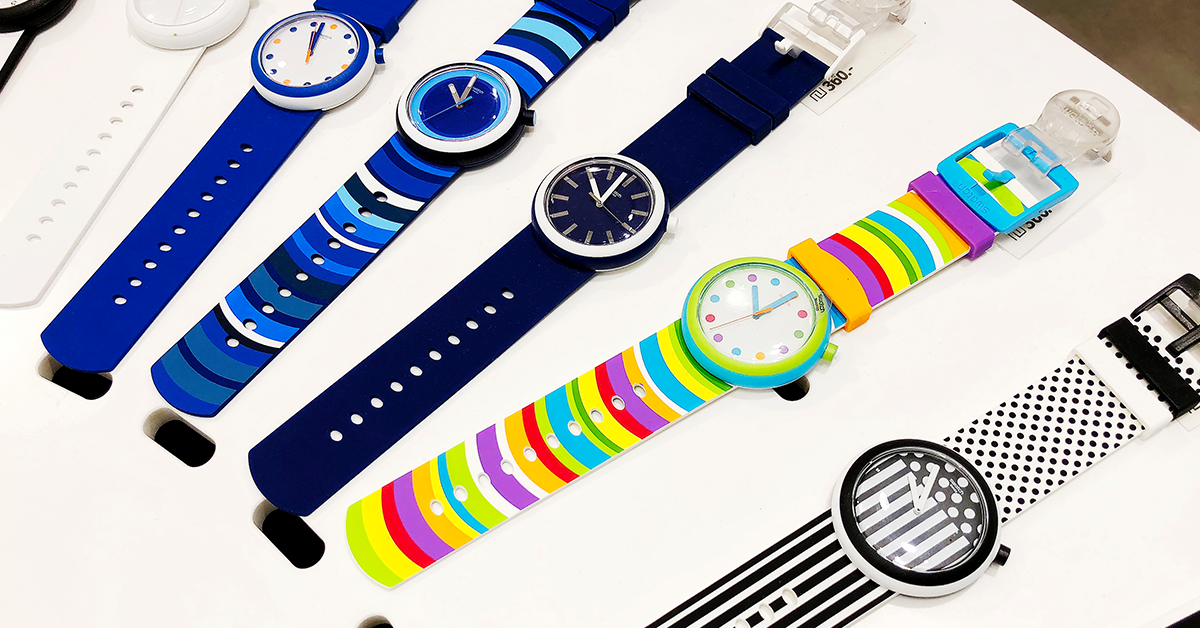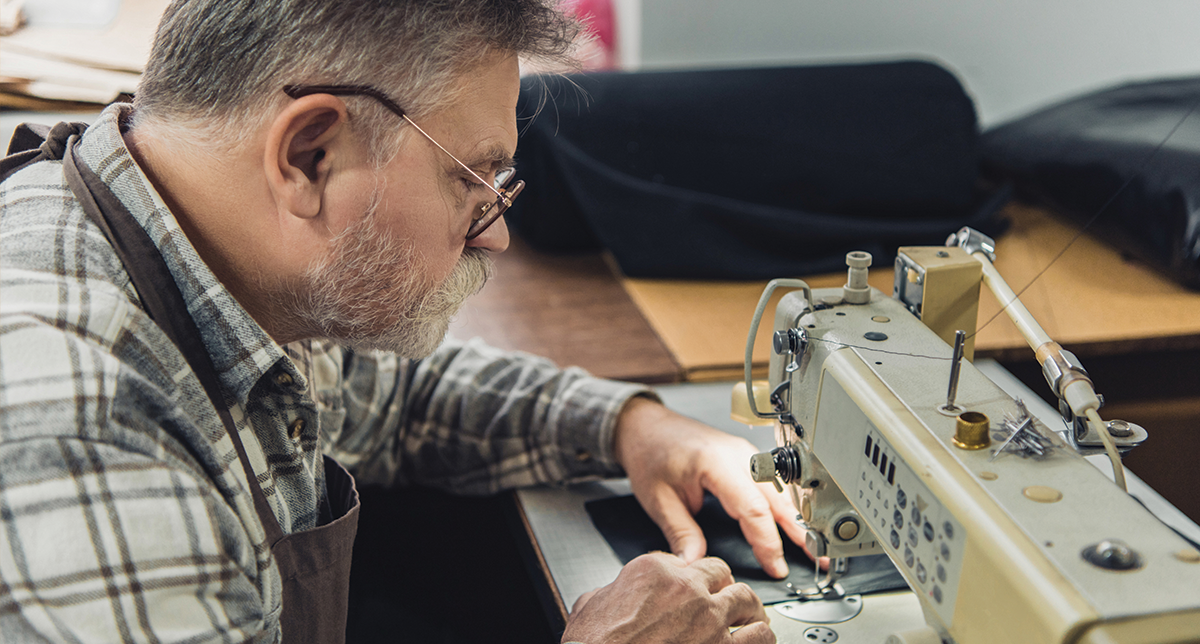 There is great change currently occurring in the gun production industry. It all started back in 1980 with an, at the time, relatively unknown gun manufacturer in Austria named Glock.
There is great change currently occurring in the gun production industry. It all started back in 1980 with an, at the time, relatively unknown gun manufacturer in Austria named Glock.
In 1980 the Austrian military made the decision to find a replacement for their WWII era Walther pistols they were currently using. They needed a semi-automatic pistol capable of firing 9mm rounds. Gun manufacturers would be required to submit their guns for a rigorous testing. The tests included firing thousands of live rounds to check for durability and wear as well as dropping the gun from 2 meters onto a steel plate to ensure the guns did not accidentally discharge.
Enter Gaston Glock, an engineer with no previous firearms experience. Glock, who had an extensive background working with polymers decided to submit a gun to the military for testing. He gathered a group of small firearms experts from the military and law enforcement to assist with the design.
Glock made the decision to use plastic for as much of the gun as possible in order to reduce the cost. Having never been done before, this decision was met with much apprehension.
Glock used Nylon for the frame of the gun, which houses the trigger mechanism and the clip. The barrel and the clip would remain steel.
Glock submitted his gun, named the Glock 17, to the military for testing. Five other gun manufaturers also submitted guns for testing, with a total of 9 guns being up for the military contract. After months of testing, the Austrian military declared the Glock 17 as the winner and awarded Gaston Glock with a large procurement contract with an initial order of 25,000 firearms.
Currently Glock semi-automatic pistols are sold worldwide with the same lighter weight plastic design that Gaston pioneered almost 40 years ago. In 2013, the 10 millionth Glock was manufactured. Just another example of the extensive reach of impact that plastic polymers have had on industries around the world.







